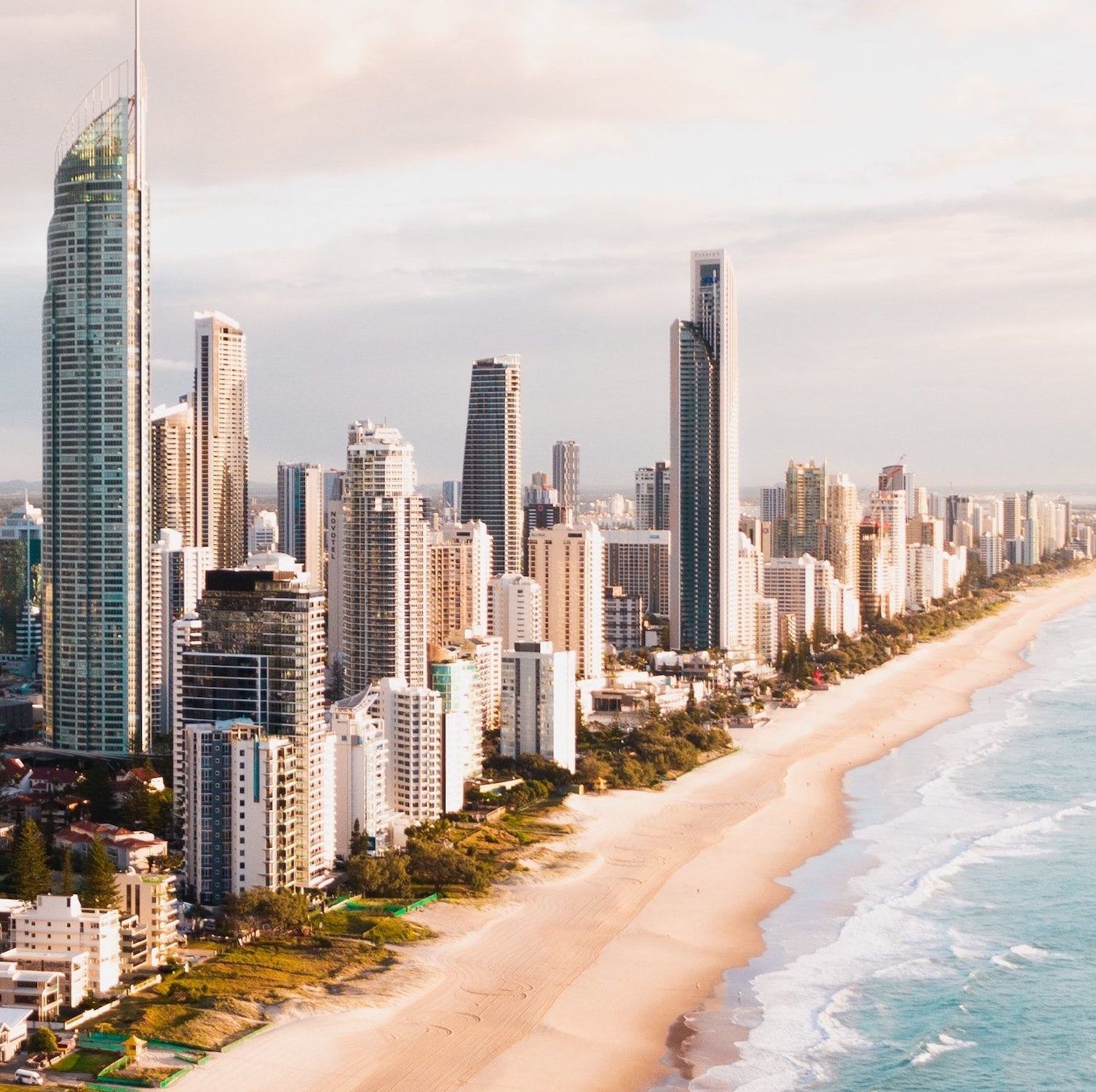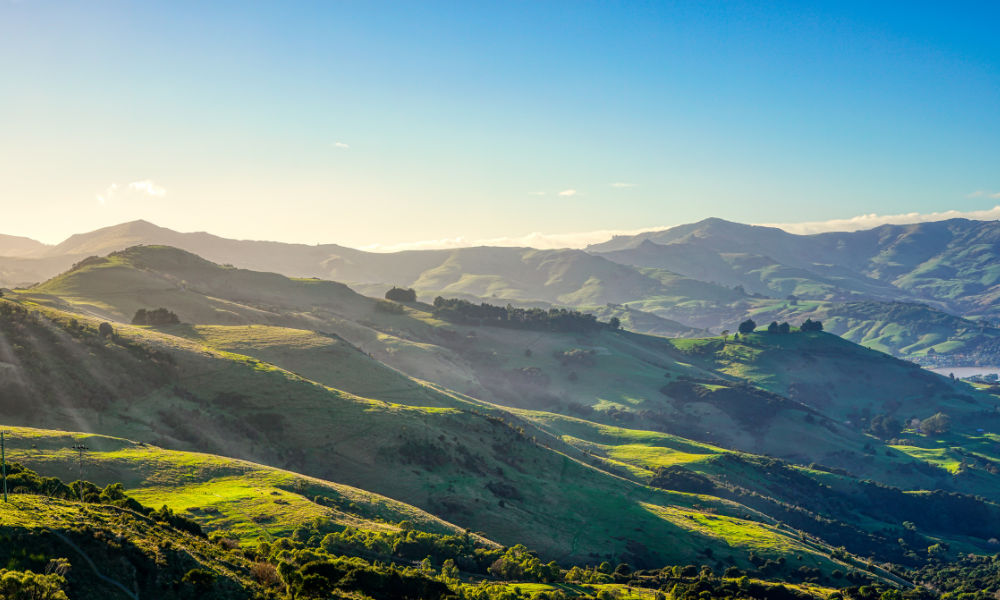
Australia is best known for its beautiful beaches, iconic landmarks, friendly people, and varied wildlife. Its sheer size, on the other hand (it’s the sixth-largest country on the planet), often takes visitors by surprise.
There’s no better example of this than the Top End region of the Northern Territory — to put this into perspective, the Northern Territory is double the size of Texas with less than one percent of its population. The contrasting landscapes here, including coral coastlines, vast floodplains, rocky escarpments, and the ochre sands of the outback, are astounding.
Here’s why Top End in the Northern Territory of Australia should be on everyone’s list
I first visited the Top End in 1999 while scouting for ideas and experiences that would fit an experiential luxury traveller. In those days, Google was in its infancy and the main way to research travel experiences was through personal connections, making phone call after phone call, and by exploring destinations and connecting with locals.
Disembarking the plane in the city of Darwin, in the northern part of Australia, I was struck by the sheer scale of this remote landscape — the ruggedness of the outback juxtaposed against the lush, green backdrop of the tropics. The air was warm and muggy. There was a lingering smell of smoke from the traditional Indigenous land management practice of burning native savanna early in the dry season using small fires, lit in mosaic patterns to avoid the buildup of highly flammable undergrowth. It felt like being in another world.

I began my Top End adventure in Arnhem Land, one of the largest parcels of Aboriginal-owned land in Australia. It comprises 37,000 square miles (95830 square km) of untouched wilderness and culturally significant sites, and requires a special permit to visit. Only a few select guides are granted access to this area.
It’s here that I encountered an older hunter, Ray, who had the look of a British captain with a fine moustache and slicked-back hair. Ray worked for Umorrduk Safaris, one of the few operators in the region at the time.
With Ray as my guide, we toured the ancient landscapes of the region, from the coral-laden coastline to the secluded billabongs (crescent-shaped lakes) and rocky peaks. Wildlife was plentiful — giant saltwater crocodiles, wallabies, dingoes, wild boar, and some 280 bird species live here.
The Top End region is one of the last true frontiers of Australia that, to this day, remains relatively untouched. Travellers here can expect to encounter some of the best natural history experiences in the country. The best way to visit is with a local, private guide, who can interpret the land, the First People who call it home, and ancient stories.
This story first appeared on www.travelandleisure.com
Feature Image Credit: Richard I’Anson/Getty Images
Related: Sun, Sand, Sea And Surf: Bookmark These Best Beaches In Australia For That Summery Vibe












